-
Posts
1,036 -
Joined
-
Last visited
-
Days Won
5
Content Type
Profiles
Forums
Resource Library
Events
Gallery
Blogs
Store
Community Map
Posts posted by josefstadt
-
-
The big giveaway is the Mk 1 Generator Van. The secondhand Mk 2s could only work with the rebuilt Dutch Vans, due to their oddball heating system.
More to do with the fact that the MkII a/b stock was air braked, while the ex-BR GSVs were vacuum braked.
-
I have two questions that still bug me
When did the 2nd hand Mk2A coaches get put into service, and where did they run, are there any photos of them in super train livery ( did I understand correctly they had bright window frames)
Can Anyone confirm what ran behind NON-TL cravens and Park royals to provide the steam heat only ( this should have been around 1978-81)
thanks
Dave
Dave, the 6-wheel vans, 3153-3156 lasted until sometime after the end of November 1980. But, as JHB says, the 4-wheel vans would all have been gone by that time. I remember the MkII a/b stock on the Galway line and, as far as I can remember they had black window frames.
-
[ATTACH=CONFIG]16049[/ATTACH]
I believe these coaches are Mk 2A, the cravens didn't carry the stripes round the sides and also the width is the same as the Mk1 generator
edit nope , I think Dhu Varren has it right, and these are cravens, the foot boards give to away
Definitely Cravens. The Mk2 air braked stock never ran with the vacuum braked ex-BR GSVS, only the converted Dutch Vans which were air braked.
-
It's no longer the "no-name" layout. I'm christening it - with your permission - the "serious potential" layout! I don't think anyone here will disagree!
Looking forward to seeing it develop. Some very nice locos and rolling stock.
Or, given its domestic arrangements, how about 'Sheffield Crucible'? I certainly agree with the others that it is a great layout and am looking forward to seeing its progress.
-
Congratulations Mark. Fair play to all concerned!
-
I'd agree that the icy conditions played a major part in this accident. The lorry certainly looks like it was skidding as it entered the crossing, possibly due to late braking if the driver was, as has been suggested earlier, inexperienced. It is, however, strange that the crossing was not equipped with the heavy metal barriers which rise out of the road surface to stop vehicles encroaching on to the railway, a feature found at most level crossings in Russia.
-
Don't know why I am typing this level of detail which will most likely be boring for others ....
Certainly not at all boring Noel. I'm finding that your layout and your reports of the current work on it are providing a great incentive for me to get on and make a start on my own layout.
-
Fantastic looking layout. Love the way you've blended the scenery into the backscene. Keep the photos coming.
-
Whilst looking at my usual staple of American porn I came across this beauty
CIE at Cork[/url] by joemcmillan118, on Flickr
Certainly a beauty of a photo. So evocative of a long gone era.
-
 Amazing!
Amazing!
-
Excellent pics as usual. In #18 it looks like N and M are paying homage to their drinks. And well they might! The return flight looks a bit lightly loaded.
-
For me, the pics of 230, 087 and 156 have disappeared.
-
Brilliant as usual Anthony.
-
Interesting piece and indeed excellent shots of liner trains in action. Notice though, nobody from Irish Rail interviewed - it was during the Dick Fearn 'Railcars good, Railfreight bad' era.
-
Flet roofs, man? You cawnt criticoize us Saath Effrikaans..... and you must trevel in the coach mawked eithah "blankes" or "nie-blankes"....
Or 'net nie blankes' ...
-
.... I will have to watch Downton Abbey now

There's always 'The Fall' which takes over the 21:30 slot from next Sunday.
-
.... the Night Mails BR Van, TPO, Parcel Vans with a tail of container wagons for mail and Liner traffic.
When the liner traffic was added to the Galway Night Mail trains the flat wagons used were air braked and these wagons were always at the rear of the train. The GSVs, TPOs and Parcel Vans used on these services were fitted with through air brake pipes to connect the locomotive's air brakes to those on the wagons. Thus when operating in this manner part of the train was vacuum braked and the remainder was air braked. The modified GSVs, TPOs and Parcel Vans received the suffix T.L.A. [Train Line Air (piped)] as shown in Glenderg's photo of 2979 above. The photo also shows the air pipe running along the solebar of the TPO.
-
A very enjoyable day out was had, notwithstanding the failure of 8113 in Connolly.
8113 did put in an appearance in Connolly, shunting the train into Platform 1 at approximately 08:50.
After 8113 was failed at Connolly, ‘Enterprise’ liveried loco 233 worked the train to Midleton and back from Cork to Connolly. The train is seen here arriving in Midleton just after a heavy shower.
Once all passengers and RPSI crew had disembarked, the train drew forward into the engineer’s siding to allow the following scheduled service (14:15 ex-Cork) arrive into Platform 2.
217 was rostered to work the train back to Cork and arrived into Midleton having crossed the 14:45 Midleton-Cork railcar service in Carrigtwohill.
233 followed the train light engine from Midleton to Cork where it is seen emerging from the tunnel as it backed down onto the train in preparation for the run back to Dublin.
After a spirited run up the main line the train is seen after arrival at Connolly station. As craven1508 says the beer was great as were the sausage sambos! Well done to all.
-
Yes I'd seen that video. Although he does get a lovely finish on the hardstanding I did'nt fancy the idea of having to use a Dremel to gouge out the side of the tracks.
The question of creating flangeways when using plaster to represent concrete infill between the rails was discussed on the New Railway Modellers site some time back. Although that discussion related mainly to level crossings the solution proposed would work equally well for any area of hard standing:
'If you want to create a level crossing with plaster, you need something to create the clearance slots. I'd find some string which is a snug fit into the gap between the check rail and the stock rail on a set of points. Cut lengths an inch or so longer than the width of the road, one for each rail. Coat them in something sticky. Pulling them across the top of a Pritt stick might do. Then press them against the inside faces of the rails. Once you've laid the plaster and let it set hard, pull up the string and clear out the slots alongside the rail. You may need a bit of sandpaper and card to ease the slots if they prove too tight for some of your stock. Look out for six wheel locos and long wheel base wagons.'
-
The GS&WR operated 'sleeping cars' on the Cork-Dublin Night Mail trains for a short period during late 1879 / early 1880. Accommodation on a 'sofa berth' was available at a supplementary fee of 2/6d (16 cent). Between 1908 and around the end of World War 1, the GNR(I) provided couchette accommodation on the Night Mails between Dublin and Belfast/Derry and on the Derry-Dublin service. In this case the cost was 5/- (31 cent) irrespective of the distance travelled.
-
Worth waiting for! Well done Sulzer, lovely work on the layout.
-
Thanks for that Dave think it's running there now.
Nope. Still coming up as 'Private'.
-
Ah, OK. I thought MRSI was an overall model rail association for Ireland. Didn't realise it was a north side club. Do SDMRC run similar exhibitions?
Yes, they do alternate years. So next year's show will be hosted by the SDMRC and will be on the Southside - recent shows have been in the Booterstown area. Then it will be back to the Northside with the MRSI and so on.
-
Also the kitchen bars are well represented internally this is the Galway kitchen set-up
[ATTACH=CONFIG]15636[/ATTACH]
I presume that these are pre-production models, but the bar area on the catering car doesn't seem to have been correctly modelled. There should be a wall separating the bar area from the seating area, with an entrance from the narrow corridor. Also the bar counter and the serving area behind it do not seem to have been modelled.
.png.c363cdf5c3fb7955cd92a55eb6dbbae0.png)


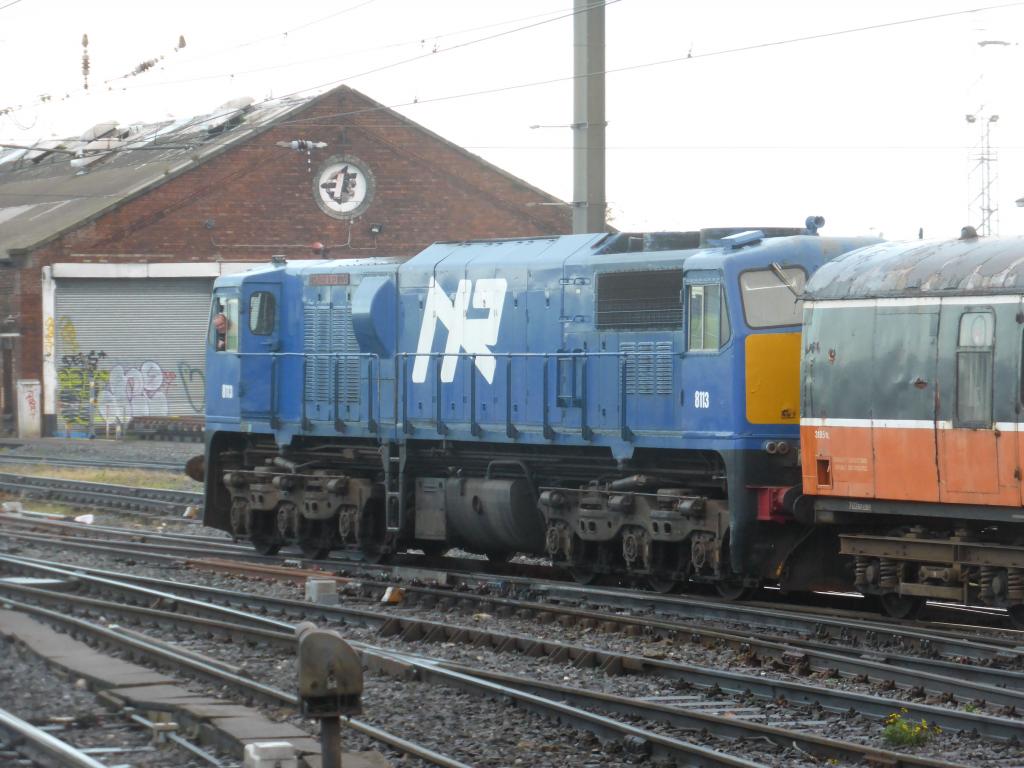

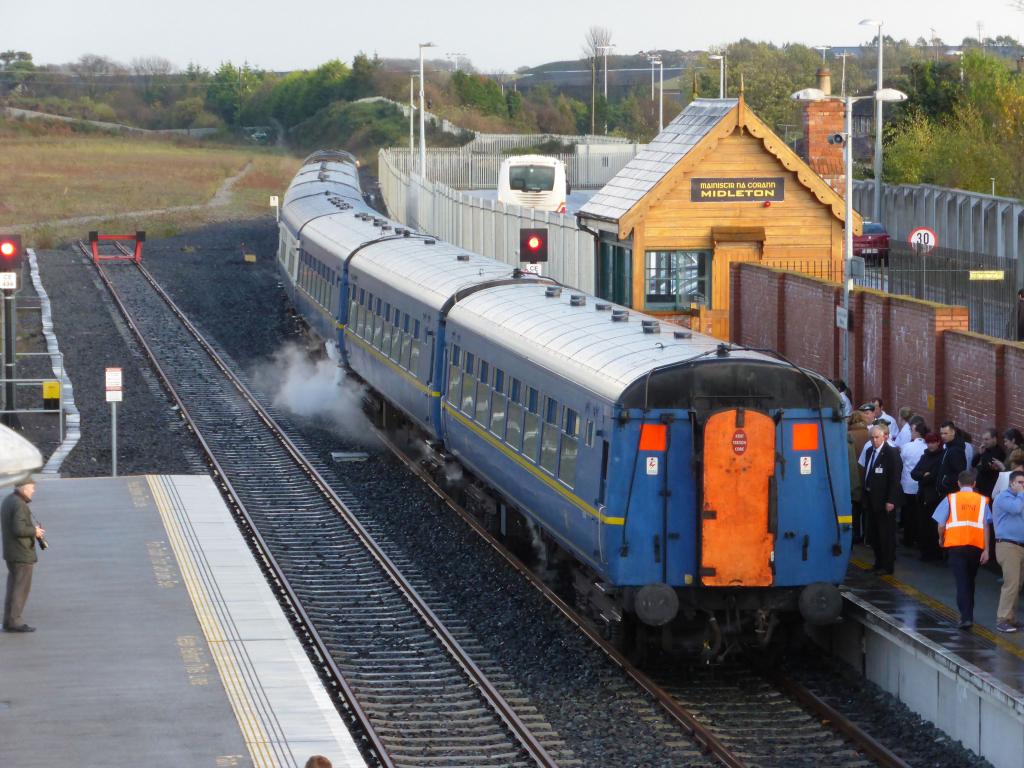

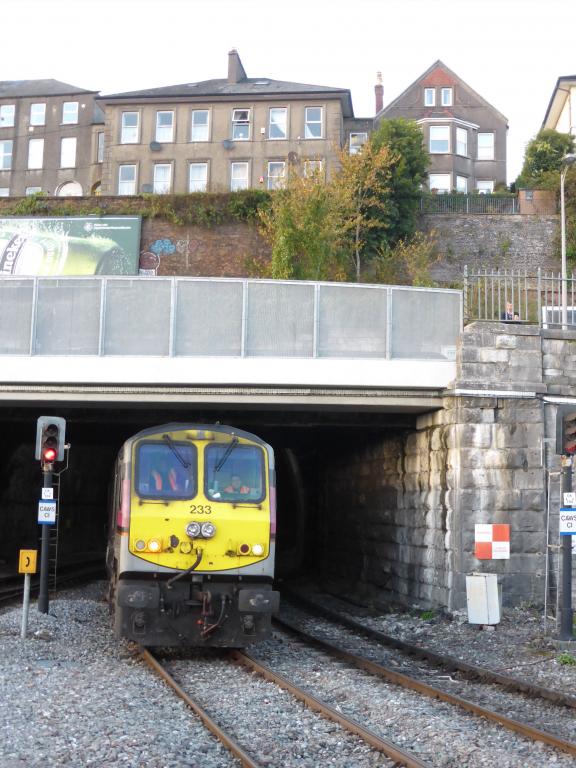
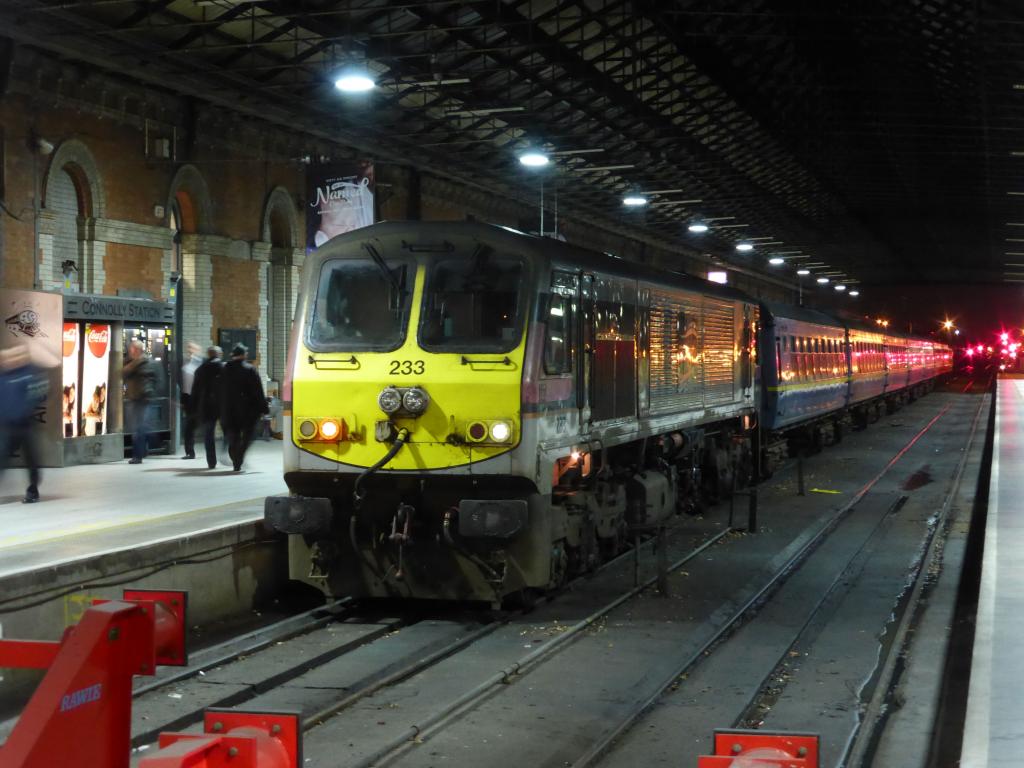
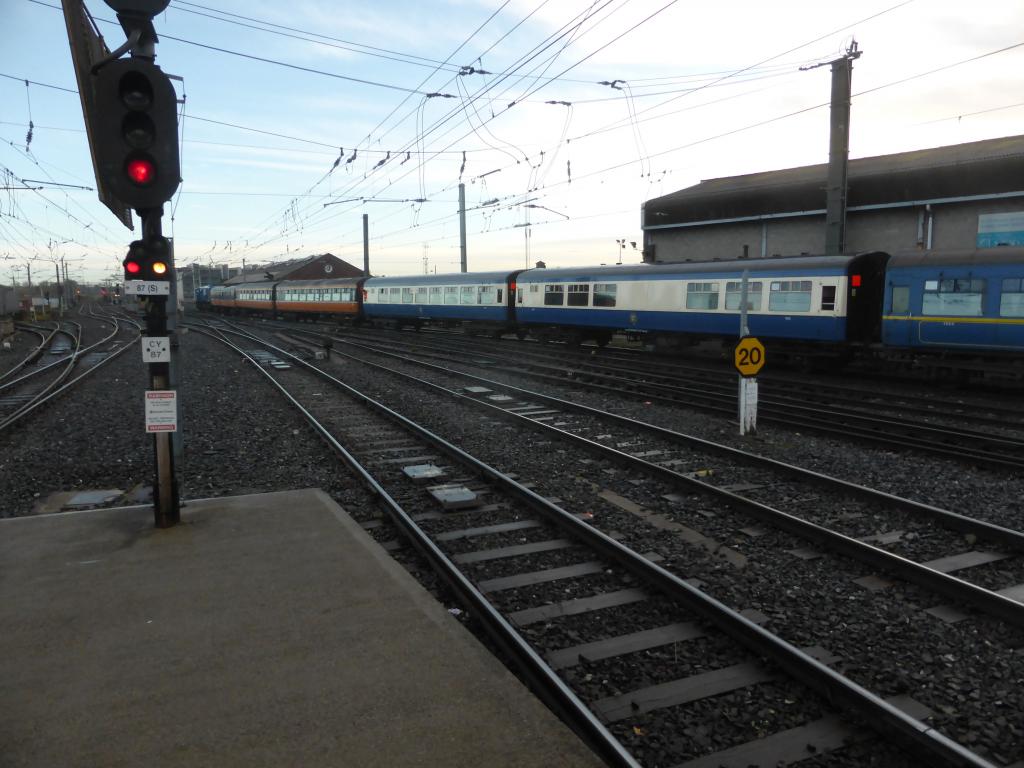


Da pol cie coaches
in Questions & Answers
Posted
No, the laminate stock was introduced in the mid to late 1950s, long after the types shown in the photo and there was no such thing as non-gangway laminate stock. The laminates were a development of the Park Royals, having a smoother external appearance. Like the Park Royals, the laminates were 10' 2" wide, but unlike their predecessors this width was carried through the full length of the vehicle.
The vehicles in the photo are ex-GSR and GS&WR stock: The one nearest the camera, 4042, dated from 1928 and was built as a 1st / 3rd Compo (50F and 48T class seats). It was 60' 0" long, had a side corridor and was gangwayed. The next coach looks like it could be 4001 - the number isn't quite clear. If it is 4001 then it was built as a 96-seat, non-corridor third class coach and dated from 1907 It was 45' 0" long. It didn't have gangways. At the time the photo was taken, both vehicles were classified as 'Secondary' stock by CIÉ, hence the 4xxx numbers. Secondary stock was a fleet of vehicles retained for use on special occasions or times of high demand - for example summer Sunday suburban services, or extra services for GAA matches.